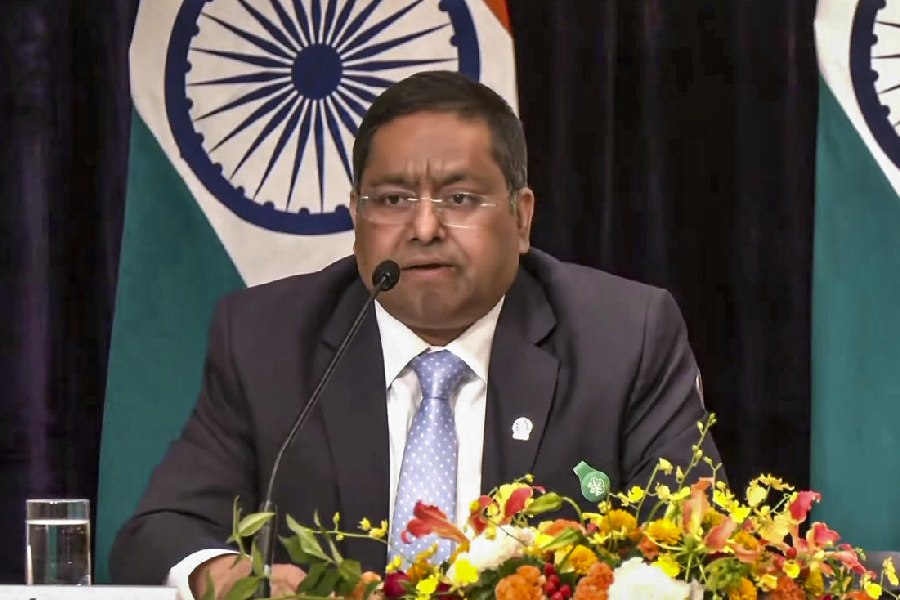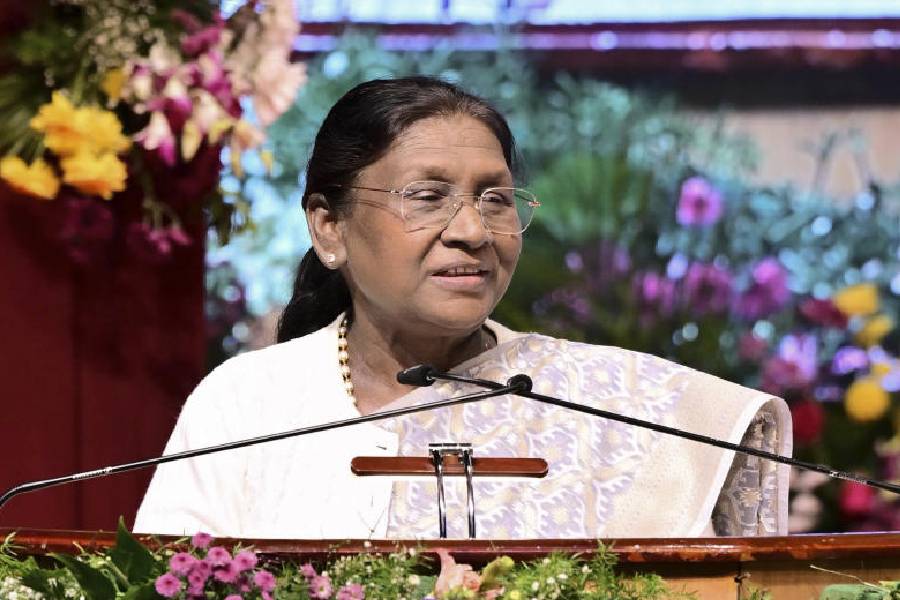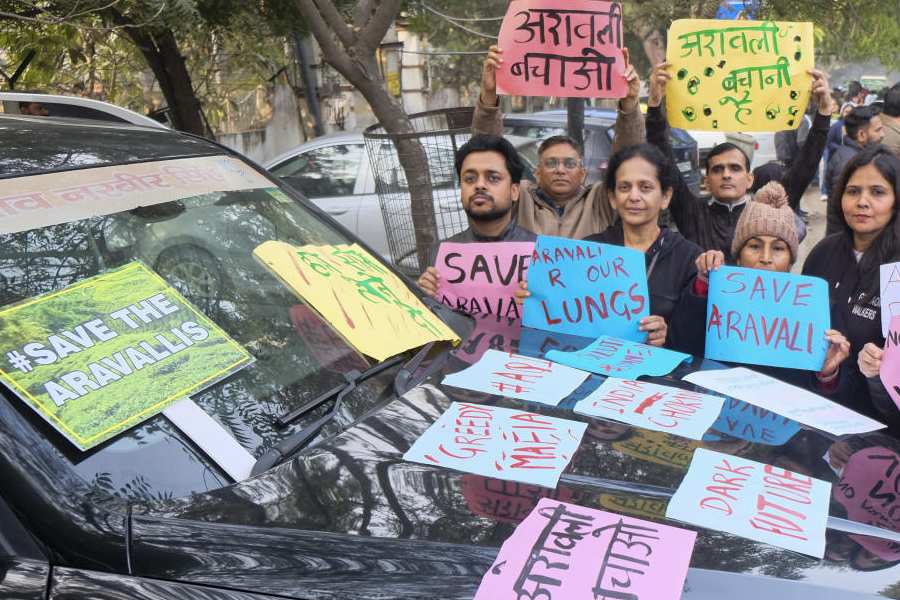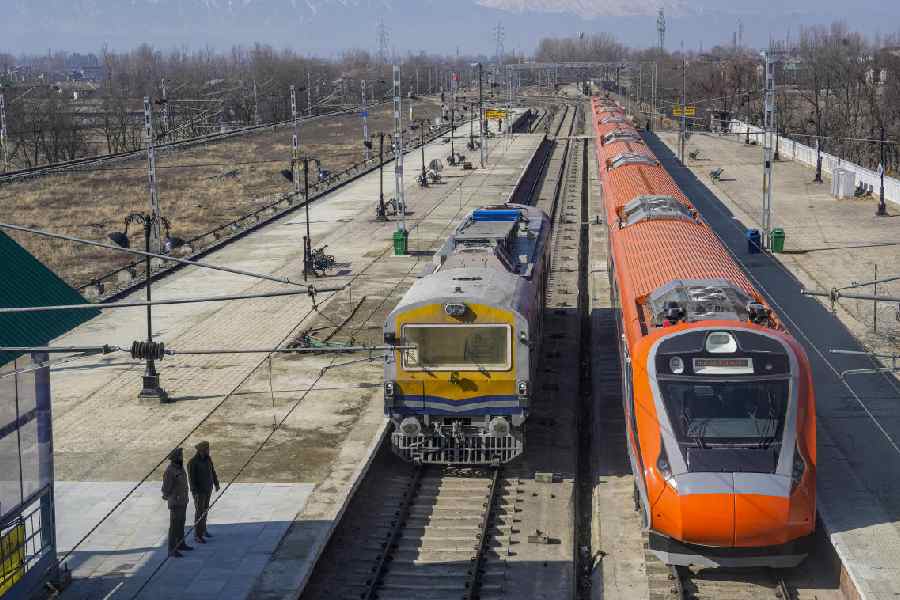Dzongu (North Sikkim), Sept. 23: Sangcho Lepcha was preparing momos for dinner when the ground wobbled.
Then he heard an “explosion”. The next moment, his house was gone. A huge wall from the hillside had simply peeled off and crashed into his home.
Sunday evening lull had suddenly turned into a chaotic nightmare of sliding earth and raining boulders.
The September 18 quake that killed 77 people in Sikkim claimed five members of Sangcho’s family in Bey, one of the nine Upper Dzongu villages that were cut off by multiple landslides the tremors triggered on a night of elemental mayhem.
Among those dead were his mother, wife, child, brother-in-law and sister-in-law as an avalanche of boulders flattened their wooden house.
The hurtling rocks buried three other houses in Bey, a village of 85. Now, its 85 minus 7 — five of Sangcho’s family and two other villagers.
“I was preparing momos when the ground shook and then I heard something that sounded like an explosion. The house started shaking and I rushed to get my child who was sleeping in the next room. By the time I got there, the house had collapsed,” Sangcho said, recalling the nightmare.
“It was pitch dark. I was unconscious for a long time. When I regained consciousness, I somehow managed to crawl out of the debris. Then I stayed the whole night in a cave,” said the dazed the 38-year-old, a casual employee with the state public works department.
Rescue workers from the district administration and police reached Bey with the help of local residents and cremated the decomposed bodies of the five members of Sangcho’s family yesterday.
The two other bodies are still buried deep under the debris, said S.R. Bhutia, the relief officer at Lingzya, one of the nine villages that were cut off in Upper Dzongu, some 35km from Mangan, the administrative capital of North Sikkim district.
Survivors from Bey and relief workers at Lingzya said two of the nine villages — Sakyong and Pentong — were still inaccessible because road links had snapped and some 100 people were trapped, though no loss of lives have been reported from these places.
Sources in the administration said nine 50kg bags of rice were air-dropped by army helicopters at Sakyong and Pentong today. The sources said ten 50kg bags of rice were dropped in Mangzim, a village of 60 houses, which was also inaccessible because of blocked roads in Lower Dzongu.
A relief camp has been set up in Lingzya by the state government. Some 60 people have sheltered here, including a dozen from Bey. The road up to Lingzya was restored yesterday.
After spending the night in a cave, Sangcho trudged to another part of Bey, from where he and 50-odd villagers trekked for seven hours through forests to reach Lingzya, the nearest village, yesterday.
The slides had swept away some 300 metres of the only road between Bey and Lingzya, forcing the terrified villagers to walk through the forests in the upper reaches of the village.
“Sangcho is still in shock. He does not even know that his family members have been cremated. He stays silent most of the time,” said Bey villager Aprilmit Lepcha.










